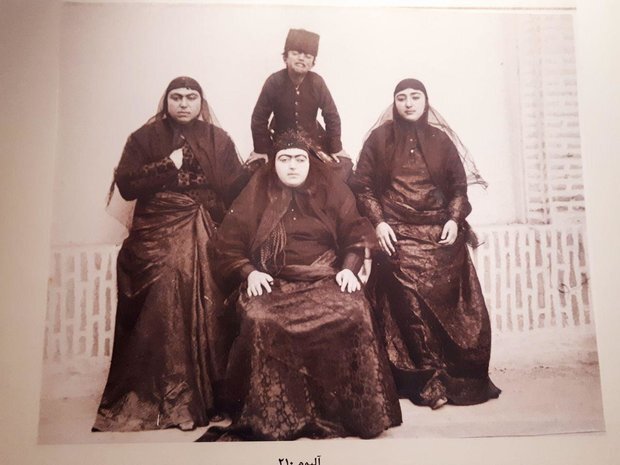Over 3,000 historical photographs at Golestan Palace classified in new project

TEHRAN – More than 3,000 historical photographs being kept at the UNESCO-registered Golestan Palace have been classified under an extensive new project called “Awakened Mirrors,” the palace’s director announced on Saturday.
Afrin Emami, director of the Golestan Palace World Heritage site, said the project was implemented during a period of public closure [due to potential threat of Israeli air strikes, which came to a halt on June 24, following a 12-day conflict] and involved collaboration across the palace’s specialized units.
She underlined that the initiative aimed to transform Golestan Palace into a dynamic and innovative center for museum practices.
Emami described the museum’s temporary closure not as a halt but as an opportunity for reinvention. “This project was developed in response to a question: Can a museum shine even in silence? Through the simultaneous execution of six key plans, we have answered this question affirmatively,” she said.
The six core plans include interactive exhibitions titled “Unseen Pages of History,” archival research based on unpublished documents from the palace’s photo archives, emergency restoration of mirror work, plasterwork, and infrastructure, specialized staff training under the “Learning Golestan” program, creative storytelling for children and teenagers called “Palace Tales,” and documentation of behind-the-scenes museum activities for the first time.
Emami also highlighted content development efforts during this period, such as narrating artifacts through historical documents, producing documentary clips, redesigning the website with multimedia capabilities, and redefining content production on social media platforms.
She noted that the classification of over 3,000 historical photographs followed the international CIDOC-CRM standard, marking a significant step toward professional documentation and facilitating research for the academic community.
Additionally, Emami emphasized the invitation extended to historians and academics to participate in research projects and to correct historical narratives, as part of the management’s commitment to transparency and scientific rigor.
The palace complex of Golestan once served as the official residence of Qajar monarchs, who ruled Persia (now Iran) between 1789 and 1925. It exemplifies the architectural and artistic achievements of the Qajar epoch, as well as the introduction of European motifs and styles into Persian art.
Experts say it displays a remarkable mixture of ancient Persian and contemporary European architectural styles, which characterized much of Iranian art in the 19th and 20th centuries. The complex embodies a successful integration of earlier Persian crafts and architecture with Western influences. Over the past two centuries, it has become a center of arts and architecture, a source of inspiration for Iranian artists and architects to this day.
A top destination for visitors to the Iranian capital, the property embraces eight key palace structures mostly used as museums and the eponymous gardens, a green shared center of the complex, surrounded by an outer wall with gates.
AM
Leave a Comment